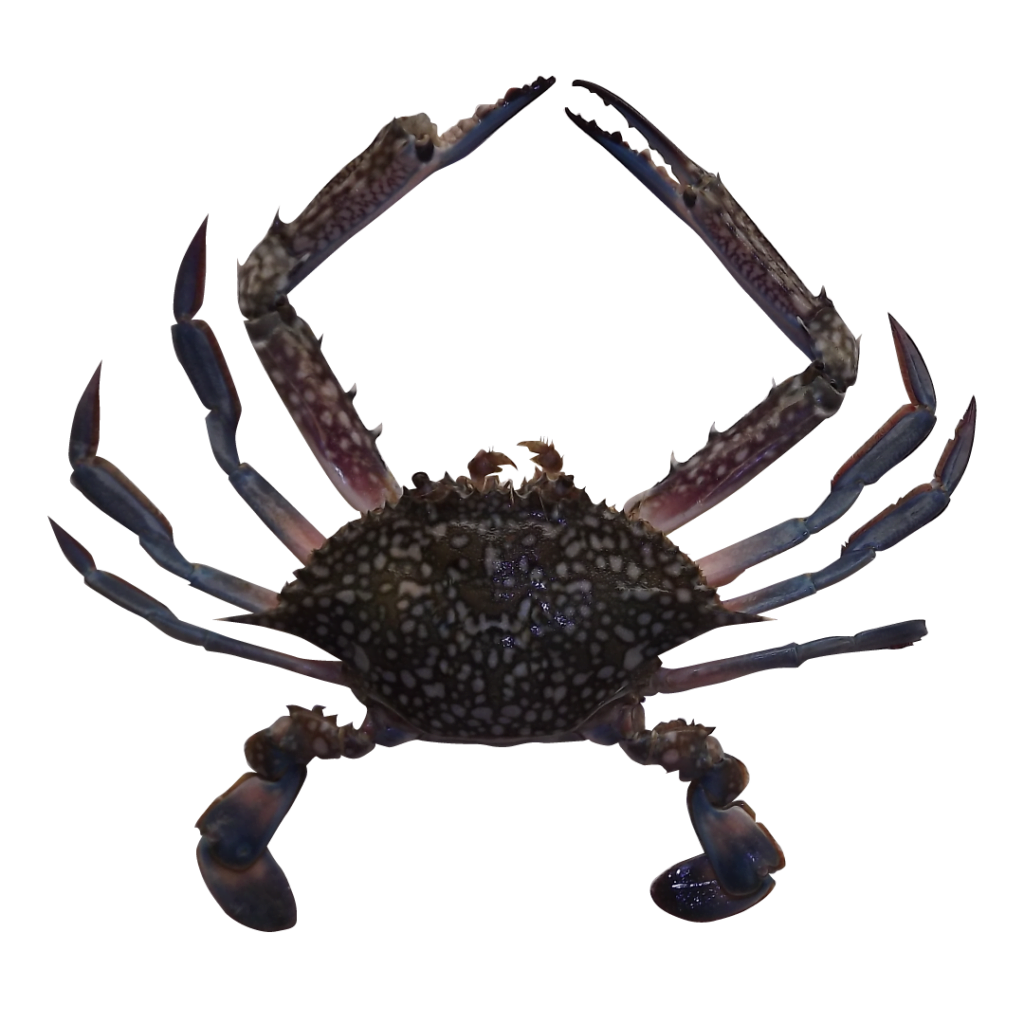
Labcode: C1910SM-02
Photo: ABR Lab
Ahmed ATA, Kabir SMH, Ahmad M, Rahman AKA, Haque EU, Ahmed ZU, Begum ZNT, Hassan MA, Khondker M (Eds.) (2008) Encyclopedia of Flora and Fauna of Bangladesh, Vol. 18. Part II. Arthropoda: Crustacea. Asiatic Society of Bangladesh, Dhaka, 226 pp
Uddin MS, Chowdhury SR, Rashed MR, Singha NK, Tazim MF, Mamun MAA, Mamun A, Rahman MM, Hasan ME (eds.) (2022) Album: Marine and Coastal Fishes of Bangladesh, Department of Fisheries, Government of Bangladesh, 336 pp